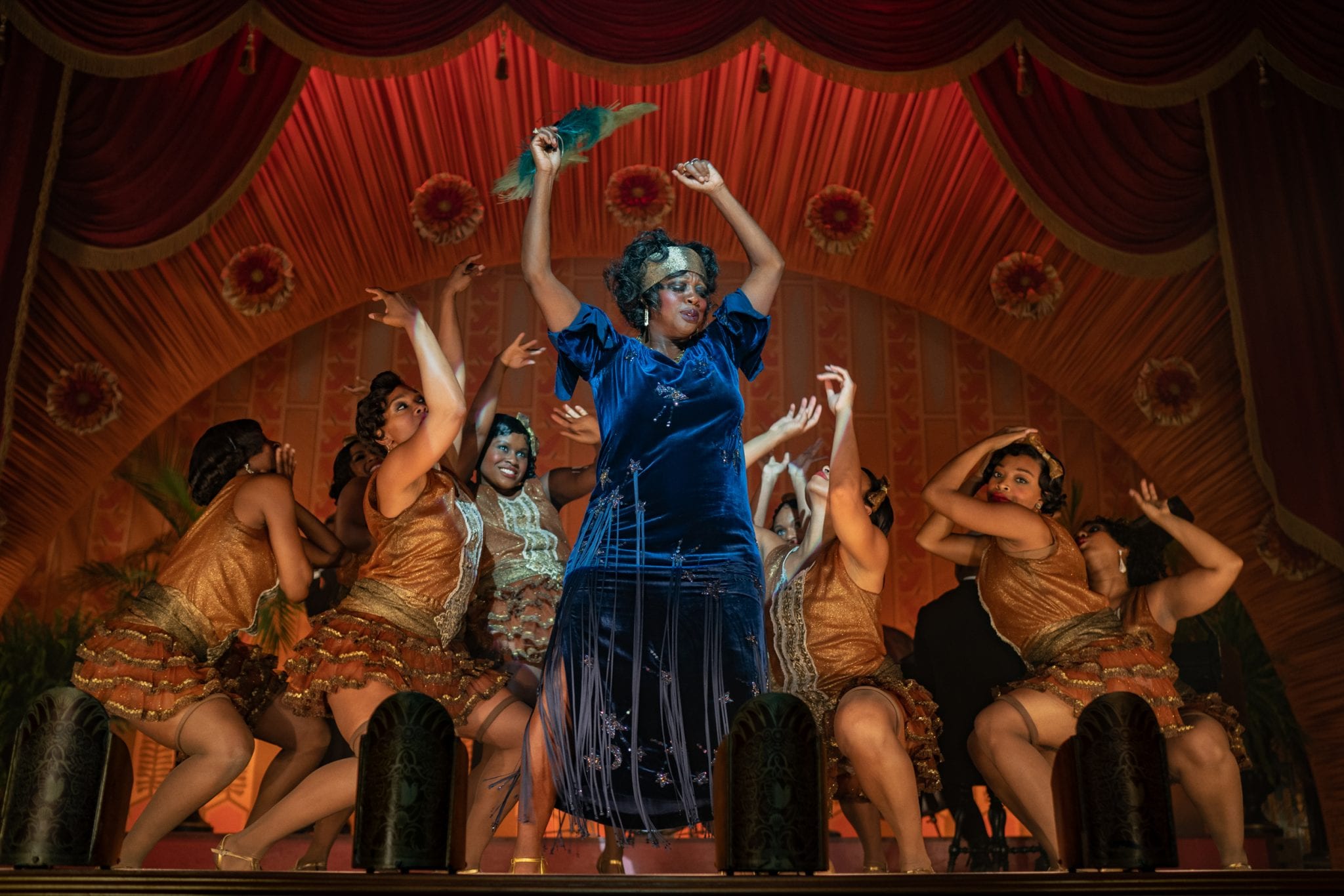The difficulty stage-to-film adaptations often face is their attempt to justify their own existence beyond the theatre. They struggle to make the most of the new medium while keeping the spirit of the original play intact. With Ma Rainey’s Black Bottom, director George C. Wolfe strikes the balance just right, creating a masterclass in sizzling tension which serves as far more than the acting vehicle some have given it credit for.
It helps, of course, when the play itself is so damn good. Ma Rainey’s Black Bottom tells the story of Ma Rainey, the celebrated blues singer who had a string of hits in the 1920s, as her and her band record an album in a Chicago. The film explores the clashes between the Mother of the Blues and her ambitious horn player, as well as the white management using her to make a quick buck.
Adapted for the screen by Ruben Santiago-Hudson and based on the 1984 August Wilson play of the same name, the dialogue certainly sounds very stagey at first, full of theatrical exposition and repeated motifs which takes some getting used to. Once the ear adjusts, however, the rhythm and pace of Wilson’s language comes into its own, lending each instance of jovial bickering or furious confrontation a sense of musicality and rhythm which has the audience hanging on every word.
One notable departure from the play is the change of season from winter to summer, a decision which only serves to exacerbate the tensions present in the text. The heat is palpable in every scene. Tobias Schliessler’s unfussy cinematography shows every bead of sweat, while the sky outside is a hot and dirty white. The plot could have risked feeling too contrived for the screen—consisting of a half-dozen scenes in even fewer rooms—yet it thrives, with the temperature heaping on the tension and justifying the irritability of its central players. The music, too, builds upon the play’s strong foundations. Its absence in most of the interior scenes lends additional poignancy when it does creep almost imperceptibly below the rhythms of the characters’ speech.
Much has been said of Viola Davis and Chadwick Boseman’s performances, and rightly so. In his last screen role, Boseman’s Levee is energetic and hungry, the perfect counterpoint to the titular character. Ma Rainey’s brash, diva-ish exterior is built more from harsh experience than any semblance of ego. Together, they perfectly depict the generational divide of the 1920s, ultimately united by the horrific injustices of American society. They lend the film a tragic inevitability: their collision as frustratingly relevant today as at any time in the intervening century. The supporting cast, too, give layered and believable performances, forming an ensemble as good as any in recent years. And it would be too easy to overlook the work of costume designer Ann Roth and production designer Mark Ricker, who perfectly capture the feel of the twenties so that, as is too often the case, few are likely to notice it.
The Verdict
As an example of bringing stage stories to the screen, Ma Rainey’s Black Bottom is a triumph of the medium. If the viewer can abide by the conflation of the genres, there is much to love here. It is a film of surfaces and interiors. Ma and Levee’s confrontational exteriors hide vulnerable and beaten souls. The period details hide a tale of racial injustice with disturbing relevance today. This attempt to adapt a 1984 play to a modern movie emerges as so much more.
Rating: 9/10
Words by James Harvey
Support The Indiependent
We’re trying to raise £200 a month to help cover our operational costs. This includes our ‘Writer of the Month’ awards, where we recognise the amazing work produced by our contributor team. If you’ve enjoyed reading our site, we’d really appreciate it if you could donate to The Indiependent. Whether you can give £1 or £10, you’d be making a huge difference to our small team.
